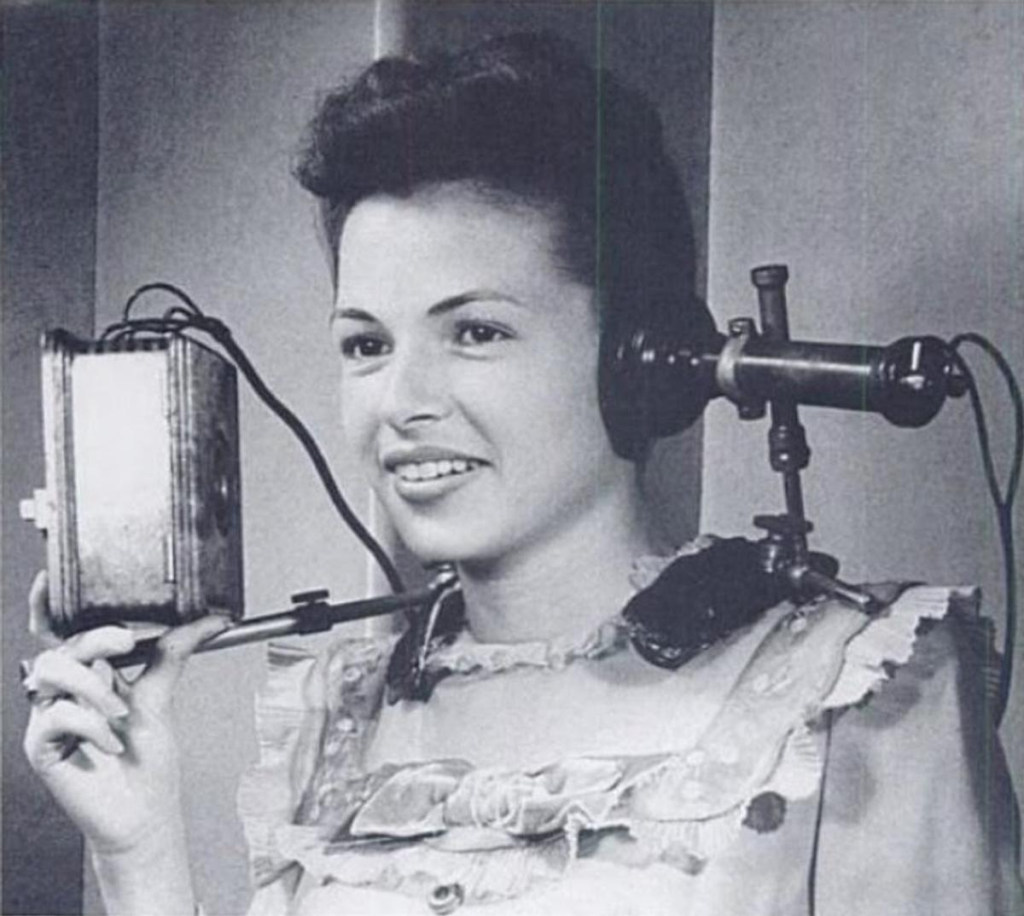Whether headsets, earphones or earbuds, ear speakers have become a must have for many people; students inclusive. Izabayo Gustave a Media and Communication student at Mount Kenya University in Rwanda carried out a survey to explore the reasons as to why the gadgets are becoming a necessity to the students.

The evolution of headphones
Invented in 1880 by Ezra Guilliland, the first headphones featured a one earpiece attached to a phone and a large microphone resting on the shoulder. These were used by switchboard operators and they weighed over 10 pounds.

After a decade, 1891 to be specific, French engineer Ernest Mercadier invented what he called “bi-telephone”. The light-weight and portable ear speakers became the first version of in-ear headphones (almost similar to the IEM’s we have today).
Headphones back then were more of electrophones i.e. they were used alongside telephone lines by users after paying subscription to listen to live theater performances; for example in London. Earbuds on the other hand hit the market peak in 2001 when Apple started selling them for use with MP3 players.
Although invented in 1910 by Nathaniel Baldwin, audio headphones became popular in 2012 with the increase in the number of people with smart phones and similar devices that could play audio through wired or Bluetooth connections.
Generally, headphones come in four different categories, namely; circumural (over-ear), supra-aural (on-ear), earbud, and in-ear although they all serve the same purposes which revolve around listening to something.
In his report, Gustave’s survey showed; 57% of students saying they use headphones to listen to music, 29% to watch movies without interruption, 14% to listen to their favorite radio programs and only 2% used them because they didn’t want to associate with others (introvert issues).

“This may sound rude but I use headphones to avoid greeting people. Where I come from, you never by pass an adult without greeting them and we have to do this while kneeling down. It becomes so hard when you are smartly dressed and you’re using a path that has many people and they all know you, so having earphones on helps you appear to be in a different world as they cant even stop you because you wont hear anyway” one student said.
Frank Ntarindwa who is in his final year when asked why he is always spotted with tiny gadgets in his ears even during lectures laughed and said, “during lectures, my earbuds are never connected but because I don’t want to misplace them, I leave them in my ears. Outside lectures, they obviously are connected but its more of an addiction that I have, I love my own space and they help me shut out from the rest of the world.”
Much as headphones have become a part of our lives due to the numerous purposes they serve, using them for a long time has been proven to cause ear damage. Speaking to Onlymyhealth editorial team, Dr. Ravinder Gera, Director and HOD, Dept of Head & neck surgery, he listed the following side effects of using headphones for prolonged hours everyday.
- Ear infections as a result of growth in bacteria as some people are known for sharing them with their peers.
- Pain in the ears; This is caused by the excess noise that is transmitted through the devices right into the ears. He therefore advises those using headphones to avoid high volumes at all costs. Another cause of pain in the ears can be the poor fit of earphones and this pain can either be mild or severe.
- Dizziness; Excessive use of earphones can lead to a health condition known as “vertigo”. Vertigo is a medical problem of dizziness that can occur anywhere and at anytime restricting any other movement.
- Hearing loss; The most severe effect of prolonged use of headphones is loss of hearing. The ear happens to have a number of cells that have tiny hairlike structures that function as transmitters for sound travelling from the ears to the brain. Too much sound can lead to permanent damage to these cells disturbing the whole process of sound transmission.





